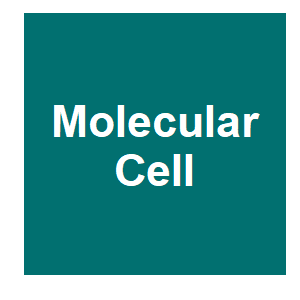Active Genetic Neutralizing Elements for Halting or Deleting Gene Drives

|
X.-R. S. Xu, E. A. Bulger, V. M. Gantz, C. Klanseck, S. R. Heimler, A. Auradkar, J. B. Bennett, L. A. Miller, S. Leahy, S. S. Juste, A. Buchman, O. S. Akbari, J. M. Marshall and E. Bier,
Molecular Cell,
2020.

Summary CRISPR-Cas9-based gene drive systems possess the inherent capacity to spread progressively throughout target populations. Here we describe two self-copying (or active) guide RNA-only genetic elements, called e-CHACRs and ERACRs. These elements use Cas9 produced in trans by a gene drive either to inactivate the cas9 transgene (e-CHACRs) or to delete and replace the gene drive (ERACRs). e-CHACRs can be inserted at various genomic locations and carry two or more gRNAs, the first copying the e-CHACR and the second mutating and inactivating the cas9 transgene. Alternatively, ERACRs are inserted at the same genomic location as a gene drive, carrying two gRNAs that cut on either side of the gene drive to excise it. e-CHACRs efficiently inactivate Cas9 and can drive to completion in cage experiments. Similarly, ERACRs, particularly those carrying a recoded cDNA-restoring endogenous gene activity, can drive reliably to fully replace a gene drive. We compare the strengths of these two systems. More related to this: Precision control of CRISPR-Cas9 using small molecules and light Cas9-triggered chain ablation of cas9 as a gene drive brake Biologists create new genetic systems to neutralize gene drives
|



